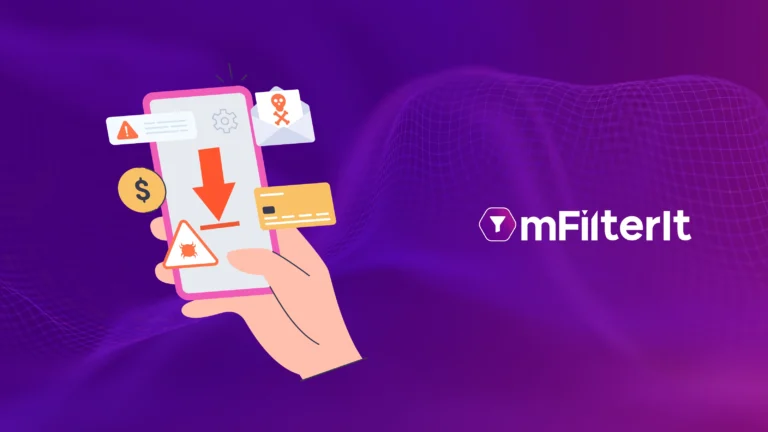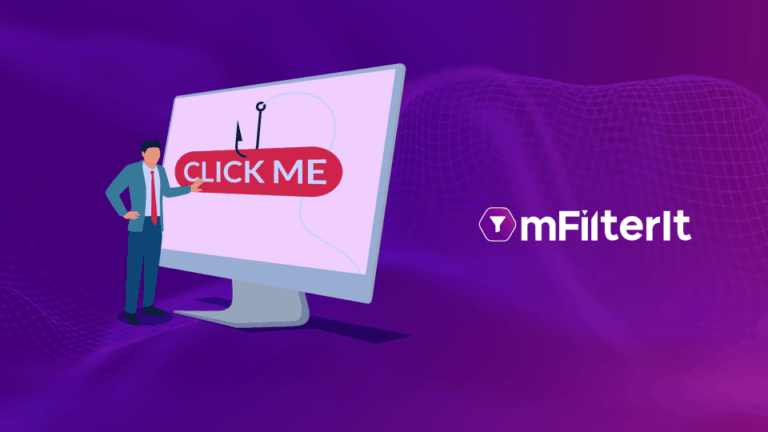Q4 is often considered the year’s holiday season, with Halloween, Thanksgiving, Black Friday, Cyber Monday, Christmas, and New Year occurring in sequential order. It is time to optimize advertising campaigns with relevant context to achieve the yearly targets and engage with the customers.
Our research suggests that almost 70% of users would engage with contextually relevant ads, and more than 40% of the digital users have tried new brands showcasing relevant ad content. But, beware and ensure that the engagement is aligned around the company’s interests and involves end-user preferences.
Custom Contextual Targeting Through Programmatic Campaigns Can Optimize Ad Results in Q4
1. Safer Brand Environments and Optimal Placements
Last year, Google announced eliminating Chrome’s third-party cookies by 2023. Meanwhile, Firefox and Safari had already restricted their usage. Such changes would make behavioral advertising challenging for brands.
However, custom contextual ads would safeguard privacy, as they don’t rely on cookie targeting or personally identifiable information (PII) for targeting users. So, brands work in a safer environment, and placement accuracy would enhance after performing content analysis.
2. Influenced by Contextual Concepts
Brands can target high-intent customers with programmatic advertising. Contextual ads are influenced by smarter targeting using active buying behavior, seasonal trends, or other contextual concepts. The behavioral targeting is based on user action before reaching the landing page.
It could include clicking links, reading a specific article, product page visit, etc. Customizing content based on a group’s milestones and interests would make the ads more receptive and target-oriented. For example, if you want to target the life stages of a toddler, you should focus on toddler development phrases.
3. Diminish Manual Maintenance
Interactive Advertising Bureau (IAB) has already enlisted 425+ categories, and mFilterIt solutions add more value to these with additional behavioral sub-categories to reach a brand-specific audience.
Advertisers can leverage seasonal categories to optimize online campaigns and target consumers with the proper context. Moreover, timely updating of relevant categories diminishes manual maintenance. In-market categories can also enhance custom contextual targeting.
4. Better Campaign Results
Increased purchases or uplift campaigns with seasonal context can drive higher ROI. Custom contextual campaigns can result in a 45% higher CTR, a 39% reduction in cost per action, and a 50% lower cost per acquisition. Programmatic campaign managers should understand the value of context for obtaining successful marketing results.
Brands can analyze audience demographics, social listening engagement and leverage creatives to create customer profiles and recognize buying behavior. Custom context targeting would become much more effective through this method and even offer a relevant user journey.
Takeaway
Programmatic advertising offers tremendous benefits, such as an alternative for cookie targeting, policy change & trend alignment, higher ROI, reaching the relevant audience, etc. The upcoming Christmas and New Year’s shopping festivities would require correct ad placements for maintaining brand safety.
Custom contextual targeting can even help advertisers to perform relevant content analysis and maintain a brand-safe environment while optimizing ad placements to achieve higher than expected deliverables. mFilterIt supports programmatic advertising because it helps in reducing ad fraud and recognizes it as the future of digital marketing in the upcoming years.



